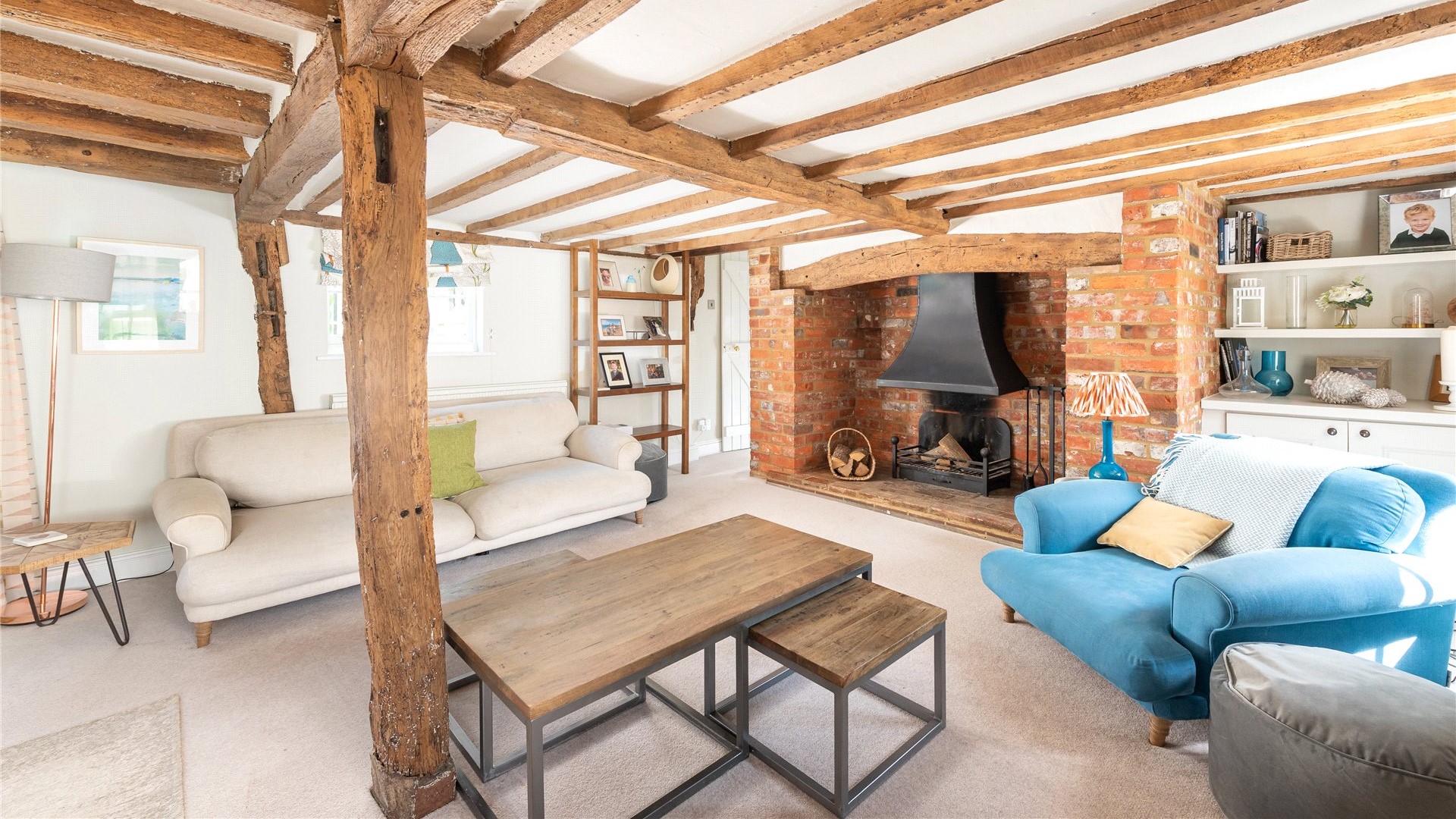Log Burners vs Open Fires: Which is best for your home?
There is no doubt that the flickering flames of an open fire or a log burning stove instantly add atmosphere to a room. Most large country houses need a fire in the winter months to avoid needing the central heating on all day, but the grate debate is whether that should be an open fire or a woodburning stove. So, what are the pros and cons of each option?
Open Fires, the pros and cons
- Simplicity: Nothing can quite match the sight and particularly the sound of an open flame in a traditional fireplace.
- Atmosphere: Open fires are usually found in period homes and add to their sense of history and heritage.
- Classic aesthetic: Perfectly suited to period properties and cottages.
- Aroma: The entire house is filled with a distinctive rich and earthy smell.
- Inefficient heating: An open fireplace has the same effect as leaving a window open. A staggering 70–80% of the heat generated by an open fire is lost straight up the chimney. The uncontrolled airflow draws warm air from the rest of the house too, including expensively generated heat from radiators. There are two solutions to this; inserting a damper (effectively a trap door) across the chimney that acts as a seal and is opened and closed by a lever set to one side of the chimney; or a chimney balloon.
- High fuel use: Logs or coal burn much faster in an open fire compared to a log burner.
- Messy and smoky: Open fires produce more ash, soot, and smoke, which means more frequent cleaning.
- Environmental restrictions: Air quality laws have tightened in recent years. The Clean Air Act and DEFRA Smoke Control Areas mean you can only burn authorised fuels on open fires, and some urban areas prohibit them entirely.
Log Burners
Log burners are trending as the go-to heating solution for winter. But with high energy costs and the winter chill setting in, are they a worthwhile investment when it comes to energy efficiency?
Pros:
- Excellent heat output: Modern stoves are 80% efficient. They can regulate the heat they provide and how fast they burn their fuel.
- Safer: especially for young children. Because the wood is shut away within the cast-iron casing, providing the flue is checked and cleaned on an annual basis, they can be left to burn without constant supervision.
- More contemporary look
- Flexible location: Log burners stand aloneand can be fitted into a corner of a room as easily as into an existing fireplace, making them just as suitable in a kitchen/breakfast room as in a sitting room.
- Eco-friendly: Many are Ecodesign 2022 ready and DEFRA-approved, meaning they meet strict UK emissions standards.
- Greener in general: Managing trees for fuel is significantly better than using gas as it’s potentially carbon-neutral overall.
- Better fuel economy: They use less wood than open fires to produce the same amount of heat.
- Cleaner and safer: Less smoke, fewer sparks, and minimal mess compared to an open fire.
- Stylish design options: From rustic to ultra-modern, there is a wide selection of models on the market to suit every home.
Cons:
- Costly to install: Installation can cost between £1,000–£2,500, depending on your home setup. That is in addition to the cost of the log burner itself.
- Maintenance: The chimney will need sweeping and the log burner serviced annually, as does a real fire.
- Smell: There isn’t one, you’ll have to be content with the beauty of the dancing flames.
The verdict: open fire or wood-burner? Really, it all comes down to appreciating a different sort of real flame experience. Although aesthetically nothing beats an open fire, in every other respect – from efficiency and convenience to versatility and safety – the wood-burning stove wins every time.

